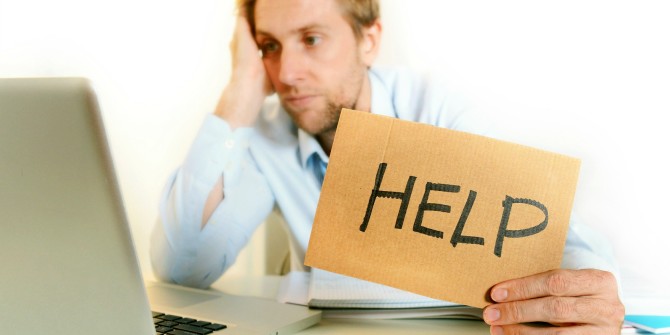I’ll admit it. I’m an email addict. I’m a people-pleasing baby boomer who wants to be on the ball and prove my worth by the speed of my response. On average I check email 30-40 times an hour: It’s the first thing I do in the morning, the last thing I do at night and the thing I do when the announcement is made it is now safe to use approved electronic devices on airplanes. Speaking of planes, I recently read on an Atlanta flight an excerpt from John Freeman’s book “The Tyranny of E-Mail”.
The first step to recovery is awareness. Freeman opened my eyes.
- Email is addictive the same way slot machines are.
- The average worker spends 40 percent of his or her day sending and receiving some two hundred email messages.
- We misunderstand the tone of emails 50 percent of the time and failing to respond to a sender can lead to a breakdown in trust.
- It takes workers 25 minutes to get back on track after an interruption. Interruptions take up to 28 percent of a person’s workday, creating a $650 billion drag on the U.S. economy each year.
- Email has conditioned us to talk and think in short bursts, slowly eroding our ability to explain in a careful and complex way.
- Interrupted every 30 seconds or so, our minds are denied the experience of deep flow, when creative ideas flourish and complicated thinking occurs.
Freeman is right, but who has time to think clearly when under assault by a tsunami of other people’s needs? How do I break this email addiction? How can I be productive and responsive and have time to get real work done? As a corporate training and executive coach, I’ll take on the challenge to answer these questions, not only for myself but others as well, I’ll develop a list of email best practices:
- Check email only at two set times during the day, like 8 am and 4 pm and use the “out of office assistant”.
- Develop an email policy with your team. Being a reformed emailer is easier if we do it with others.
- Set expectations. In the “signature line” state when you read and respond to email, in the “subject line” include the level of importance, i.e., “not urgent” or “response requested” and in the body of the email clarify what you’re requesting of the recipient.
- De-clutter others’ inbox. Use “cc” and “reply to all” sparingly and don’t annoy others with requesting read receipts
As I type this last sentence I’m not sure how to finish this column. I reach for my cell phone to check my email. Did it again! Then it hits me: email is also an avoidance tool. So the last tip has to be:
Don’t hide behind email. Be responsible. If you’re upset with someone, manage it face-to-face. As for ourselves: Face the emptiness email can so easily fill.

